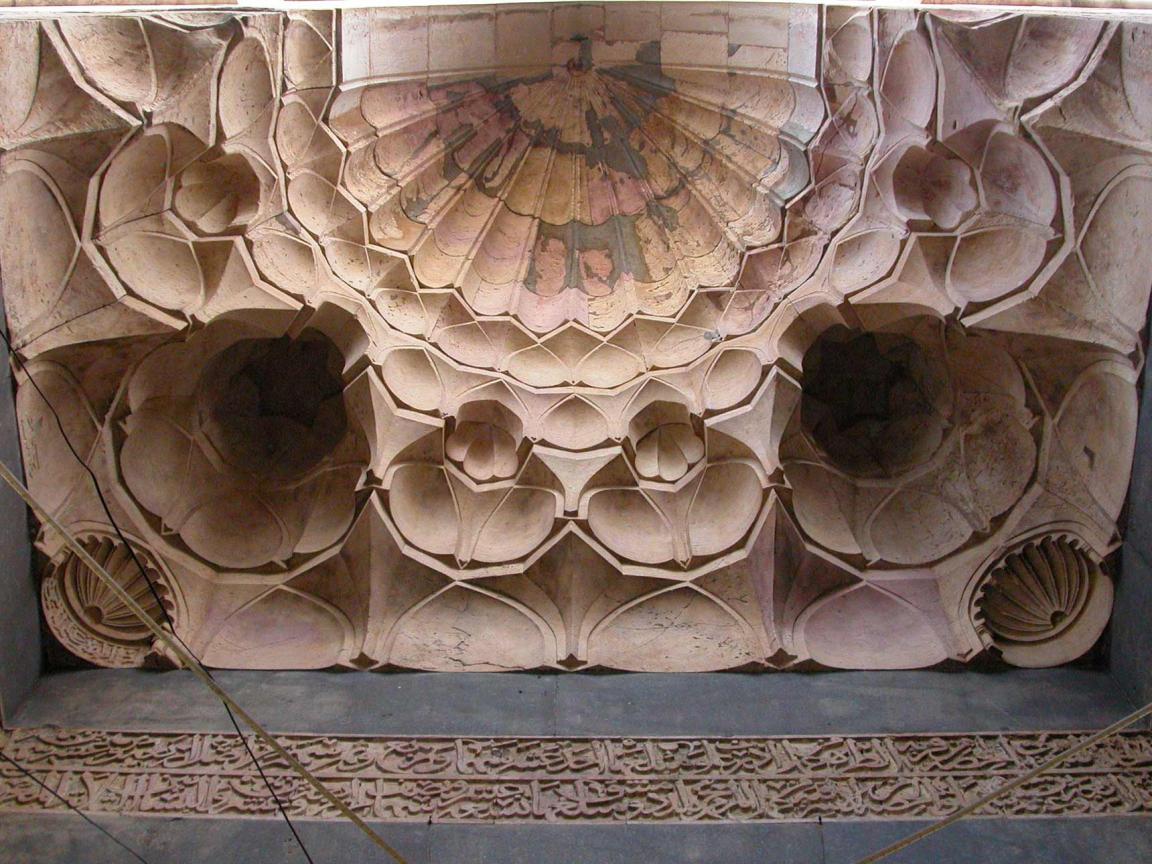Straddling Asia, Africa, and Europe and spanning fifteen centuries of continuous creativity, Islamic architecture embodied multiculturalism long before the term was coined. Guided by an intellectual, aesthetic, and practical dialogue with the architectural traditions they encountered, Islamic builders adopted, borrowed, resurrected, and invented at every stage and in every architectural instance on their way to achieving a recognizably Islamic synthesis all their own.
Explore several outstanding architectural examples of this dynamic evolution, delving into their design, intention, and effect, and highlighting their roots in the various traditions of antiquity that the Islamic empire encompassed over time.
Nasser Rabbat, professor and director, MIT Aga Khan Program


